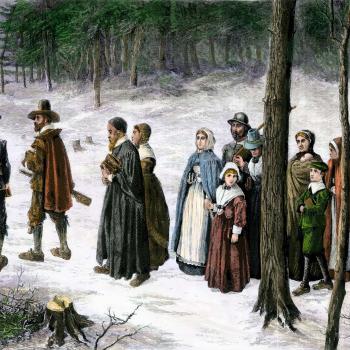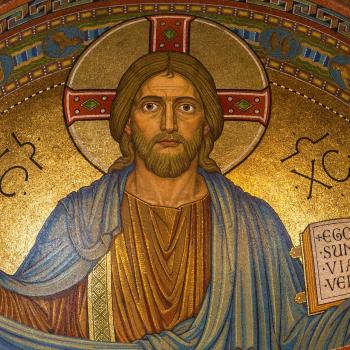It’s Christmas! You know, the holiday where a pregnant middle eastern teenager gives birth in unsanitary overflow conditions and subsequently flees threats of violence on foot, walking hundreds of miles to take asylum in another country.
I find myself continually amazed at what conservative Christianity has done to a story that on its face seems so subversive. Certainly, the history of Christianity is complicated, and there is much in the Bible that defends the status quo. But consider how the story goes—God chose a young girl from Nazareth. Mary’s family wasn’t rich. Nazareth wasn’t well known. Young girls had very little authority or space, even over their own lives.
Sometimes it feels like conservative Christianity has become little more than a label tacked onto a set of political beliefs. When there would seem to be conflict between evangelicalism and political conservatism—Jesus healed all, rich and poor, but Republicans have fought universal healthcare tooth and nail—it’s the political position that wins.
Take refugees and asylum seekers, for instance. Mary and Joseph fled threats of violence and took refuge in Egypt. There are verses throughout the Bible calling for kind treat meant for strangers and foreigners. I honestly do not see any way to take the Bible and the Bible alone and come to the conclusion of today’s evangelicals, who overwhelmingly oppose accepting refugees and asylum seekers into the United States.
Politics, it would seem, are the primary shaper of evangelical belief.
A friend of mine, who went to a Christian college but now has pagan leanings, has spent the month of December posting photos of the madonna and child, in color. Black, brown, Hispanic, Asian, Native American. While such portrayals have historically been steeped in colonialism—frequently rendered by Catholic missionaries seeking to spread Christianity—they also serve to subversively broaden the too-often exclusively white lens of Christianity. Take this one, for instance:

Images can be powerful. What would it mean if Mary were consistently portrayed as a middle eastern Israelite woman, in period clothing, rather than as a white skinned, blond haired woman wearing pale blue? What if portrayals of the nativity scene had the grime of refugee camps, rather than the cleanliness of its typical depiction?
Perhaps nothing would be different. But perhaps, even in small ways, some things would.
I have a Patreon! Please support my writing!















